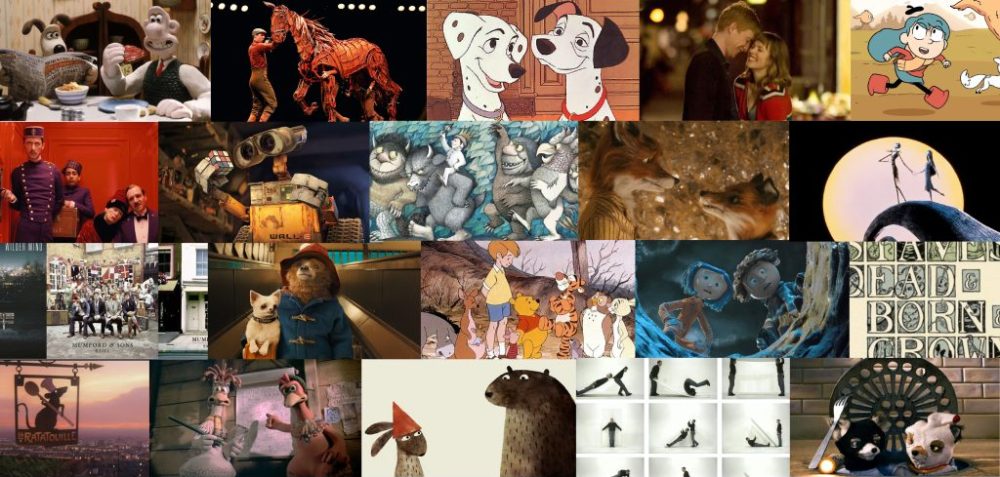For the final film, I decided to go back to solid colours for the characters. The boiling of the towel texture didn’t make sense across the whole piece, it just made the characters looks jittery and not settled in the composition.
I also added a sign on the back wall in the last shot to make it clearer that this is set in a swimming pool, since you can’t see the actual pool, which should help to make it more clear that these are towels, since they don’t have the texture anymore. I went for one that is a photograph of a real sign, not a drawing or something like that. This makes sense for the mixed media in the piece, since the background is made of scans of real bits of paper while the characters are digital drawings.
Finally I added lights to the alcoves at the back in the final shot. These were drawn in Toon Boom, again to enhance the mixed media effect against the collage background. The light itself is a cycle of three frames on fours, so that they have a gentle flicker instead of a fast boil like the lines of the characters. I didn’t want it to be a distraction from the characters.

